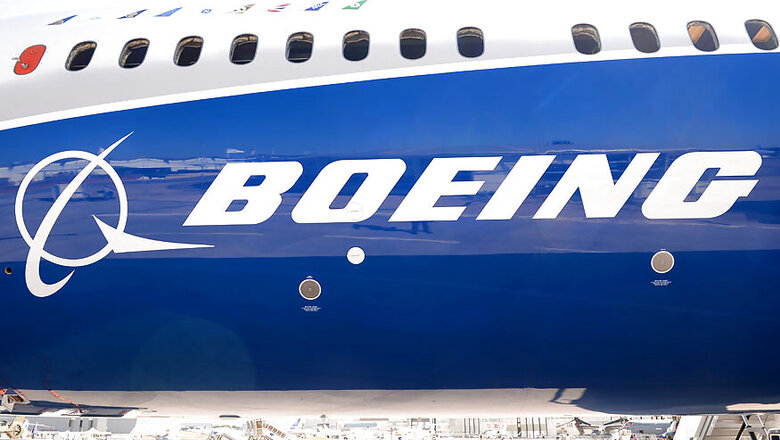
views
Boeing and the Federal Aviation Administration misjudged how pilots would respond to multiple alerts and alarms as they encountered trouble when flying the 737 MAX, according to a government report released on September 26. The FAA needs to adopt a more realistic view of how pilots react under such scenarios as they certify planes, the National Transportation Safety Board said. The report from the independent government agency comes more than six months after the 737 MAX was grounded globally following two fatal crashes which killed 346 people.
"We saw in these two accidents that the crews did not react in the ways Boeing and the FAA assumed they would," NTSB Chairman Robert Sumwalt said. "Those assumptions were used in the design of the aeroplane and we have found a gap between the assumptions used to certify the MAX and the real-world experiences of these crews, where pilots were faced with multiple alarms and alerts at the same time." The NTSB recommended the FAA revise the plane design and pilot training based on the pilot response and ensure clearer "failure indications" are provided to pilots to improve response.
An FAA spokesman said the agency "will carefully review these and all other recommendations" and that the lessons learned from the crashes "will be a springboard to an even greater level of safety" as it works to certify the MAX to fly again. Boeing also said it will take the NTSB recommendations into account. "Safety is a core value for everyone at Boeing," a company spokesman said. "We value the role of the NTSB in promoting aviation safety. We are committed to working with the FAA in reviewing the NTSB recommendations."















Comments
0 comment